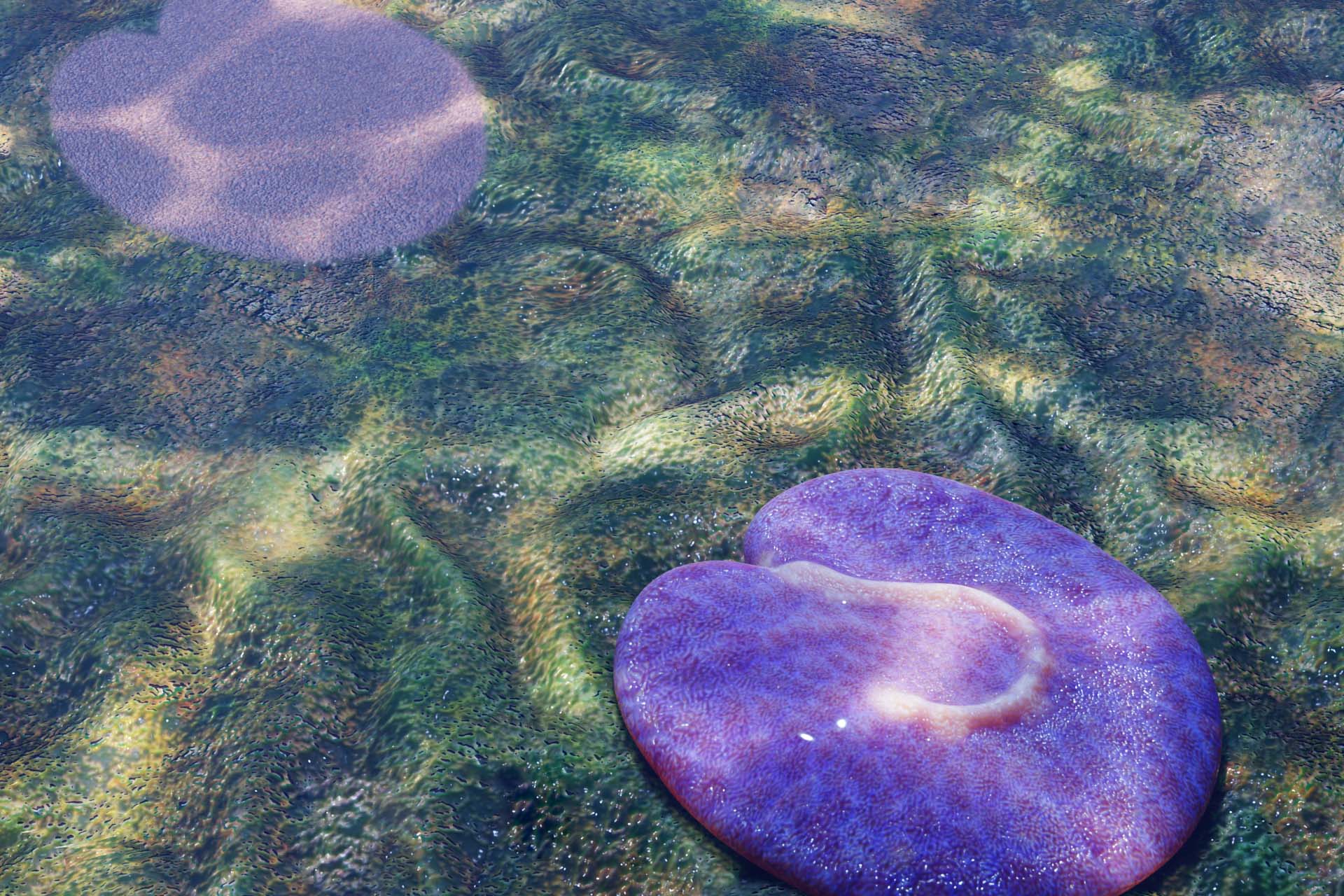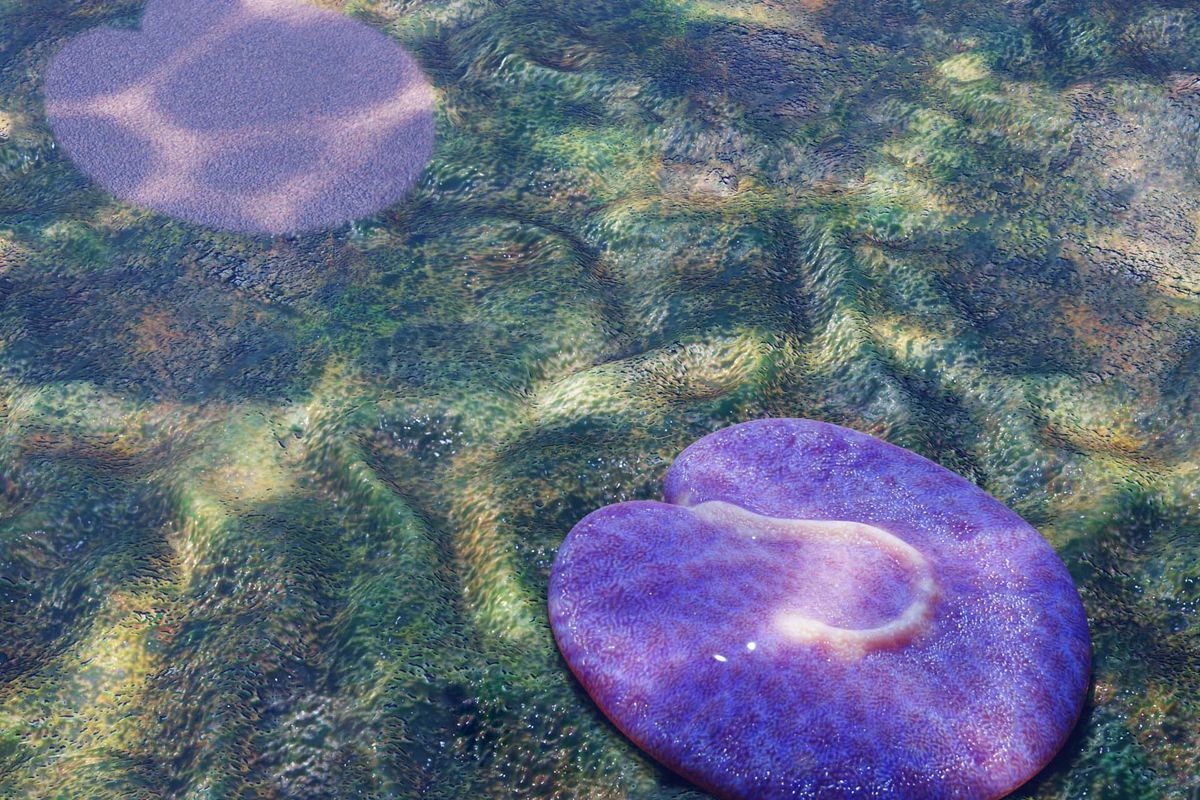
The earliest known animal to show evidence of an asymmetrical body lived over half a billion years ago in what is now the Australian outback, a new study reports.
The 555 million-year-old creature, dubbed Quaestio simpsonorum in a study published Sept. 3 in the journal Evolution and Development, was able to move around on the ocean floor like a “small marine Roomba vacuum,” eating microscopic algae and bacteria. But this seemingly simple animal hid an exciting discovery: the unique “backward question mark”-shaped protrusion on its back is the first recorded example of an asymmetrical body pattern, a vital step in the evolution of complex life.
The fossils were discovered in South Australia’s Nilpena Ediacara National Park, a fossil deposit that has been excavated for decades. Many of the earliest complex animal fossils have been found in the remote desert hills of Nilpena Ediacara National Park, but nothing like Quaestio had ever been seen before, the new study’s researchers said.
“The animal is a little smaller than the size of your palm and has a question-mark shape in the middle of its body that distinguishes between the left and right side,” Scott Evans, a paleobiologist at Florida State University and first author of the study, said in a statement. “There aren’t other fossils from this time that have shown this type of organization so definitively.”
Related: Plants evolved even earlier than we thought, exquisite 3D fossils suggest
Quaestio‘s asymmetry would have been a groundbreaking evolutionary trait during the Ediacaran period (635 million to 541 million years ago), long before the Cambrian explosion. According to a 2016 issue of the journal Philosophical Transactions of the Royal Society B, the ability for an organism to consistently produce an asymmetrical body pattern is a “remarkable phenomenon,” allowing life to evolve more complex body parts than a purely symmetrical body pattern will allow. For example, asymmetry allowed humans to evolve a heart on the left side of the body and a liver on the right.
“As the oldest fossil animals, the Ediacara biota can tell us a great deal about early developmental processes,” Evans said. “Because animals today use the same basic genetic programming to form distinct left and right sides, we can be reasonably confident those same genes were operating to produce these features in Quaestio, an animal that has been extinct for more than half-a-billion years.”
Clear evidence that Quaestio could move also excited the researchers. Fossilized tracks were found directly behind one of the Quaestio fossils, indicating that the creature was able to move, hoovering up food on the ocean floor of what would become Australia.
“[The asymmetry] is especially interesting as this is also one of the first animals that was capable of moving on its own,” Evans added.
“It’s incredibly insightful in terms of telling us about the unfolding of animal life on Earth,” Mary Droser, a paleontologist at the University of California, Riverside and lead author of the study, said in the statement. “We’re the only planet that we know of with life, so as we look to find life on other planets, we can go back in time on Earth to see how life evolved on this planet.”

